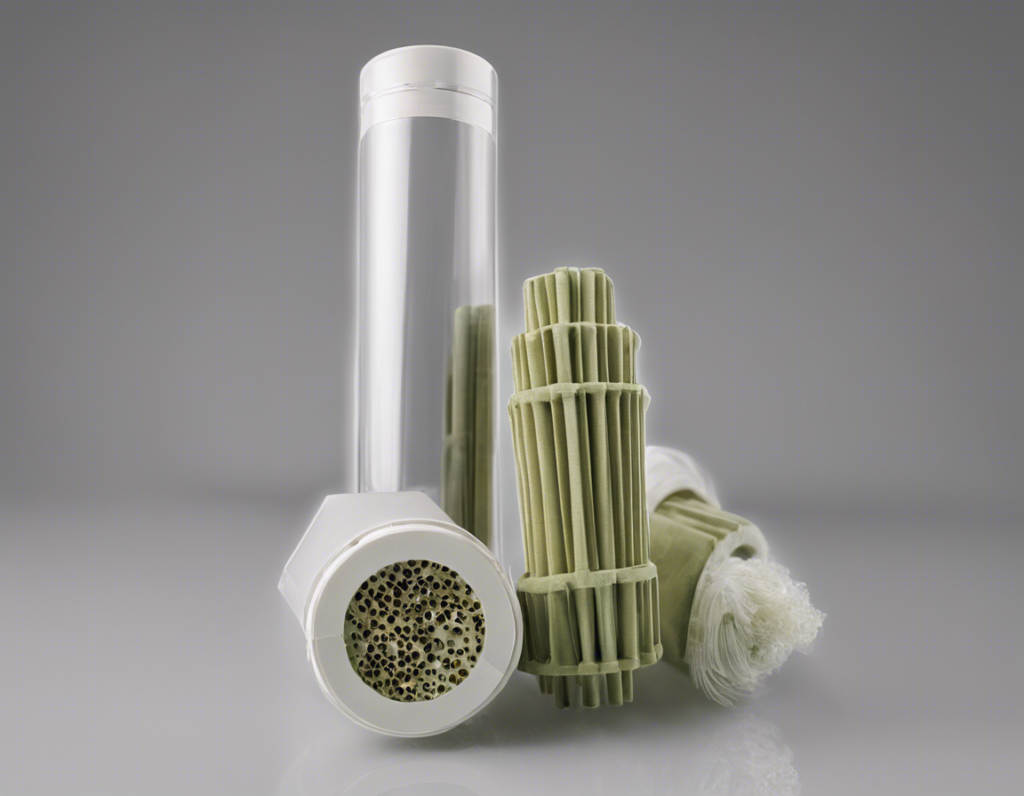Efficiency is a crucial aspect of any process, whether it’s in manufacturing, energy production, or even everyday activities. In a world where time is money, businesses and individuals are constantly looking for ways to streamline their operations and maximize performance. One key tool that has been gaining popularity in various industries is the use of joint filters.
Understanding Joint Filters
Joint filters are devices designed to remove contaminants and impurities from fluids or gases in systems such as hydraulic circuits, lubrication systems, cooling systems, and more. They play a vital role in ensuring the smooth operation of machinery and equipment by preventing damage that can result from the presence of particles or debris. Joint filters come in various sizes and configurations, depending on the specific application and requirements.
Types of Joint Filters
There are several types of joint filters available in the market, each designed for specific purposes. Some common types of joint filters include:
1. Strainers
Strainers are simple filters typically used to remove large particles from fluids before they enter a system. They are often installed at the inlet of pumps or other equipment to prevent damage.
2. Cartridge Filters
Cartridge filters consist of a cylindrical housing that holds a filter element. They are effective at removing smaller particles and are commonly used in various industrial applications.
3. Bag Filters
Bag filters use a fabric or synthetic bag to capture contaminants. They are easy to replace and are suitable for applications where high flow rates are required.
4. Pleated Filters
Pleated filters have a larger surface area than standard filters, allowing them to capture more particles while maintaining low pressure drop.
5. Magnetic Filters
Magnetic filters use magnets to attract and capture ferrous particles from fluids. They are often used in high-temperature applications where traditional filters may degrade.
Benefits of Using Joint Filters
The use of joint filters offers various benefits that can significantly enhance performance and efficiency in systems:
-
Improved Equipment Longevity: By removing contaminants, joint filters help prevent wear and damage to critical components, extending the lifespan of equipment.
-
Enhanced System Performance: Clean fluids result in smoother operation and better overall system performance, reducing downtime and maintenance costs.
-
Reduced Energy Consumption: When equipment operates more efficiently due to clean fluids, it consumes less energy, leading to cost savings and environmental benefits.
-
Minimized Downtime: Regularly replacing or cleaning joint filters can help prevent system failures and reduce unexpected downtime, keeping operations running smoothly.
-
Quality Assurance: Joint filters ensure that fluids meet specific cleanliness standards, essential in industries where product quality is crucial.
Choosing the Right Joint Filter
Selecting the right joint filter for a specific application is essential to achieve optimal results. Factors to consider when choosing a joint filter include:
-
Particle Size: Different filters are designed to capture particles of varying sizes. Understanding the size and type of contaminants in the system is critical.
-
Flow Rate: The required flow rate dictates the size and type of filter needed to prevent pressure drops and maintain system efficiency.
-
Operating Conditions: Consider factors such as temperature, pressure, and compatibility with fluids to ensure the filter can withstand the environment.
-
Maintenance Requirements: Some filters are reusable, while others require regular replacement. Evaluate maintenance needs based on convenience and cost-effectiveness.
Installation and Maintenance Tips
Proper installation and maintenance of joint filters are crucial to ensure their effectiveness and longevity. Here are some tips to consider:
-
Follow Manufacturer Guidelines: Adhere to the manufacturer’s instructions for installation, replacement, and cleaning to avoid errors that could compromise filter performance.
-
Establish Maintenance Schedule: Create a regular maintenance schedule to inspect and replace filters as needed based on operating conditions and contamination levels.
-
Monitor Performance: Keep track of system performance indicators such as pressure differentials or fluid quality to identify when filters need attention.
-
Train Personnel: Properly train personnel responsible for filter maintenance to ensure they understand best practices and protocols.
-
Use Quality Filters: Invest in high-quality filters from reputable manufacturers to ensure reliability and performance consistency.
Frequently Asked Questions (FAQs)
1. What are the common contaminants that joint filters can remove?
Joint filters can remove various contaminants such as dirt, metal particles, sludge, rust, and other debris present in fluids or gases.
2. How often should joint filters be replaced?
The replacement frequency of joint filters depends on factors such as operating conditions, contaminant levels, and the type of filter used. It is recommended to follow manufacturer guidelines and establish a maintenance schedule based on system requirements.
3. Can joint filters be cleaned and reused?
Some joint filters are designed to be cleaned and reused, while others are disposable and should be replaced. Refer to the manufacturer’s instructions for specific guidelines.
4. Are joint filters suitable for all types of fluids?
Joint filters are designed for specific types of fluids based on factors such as viscosity, temperature, and chemical compatibility. It is essential to select filters that are compatible with the fluids in the system.
5. How do I know if a joint filter is compatible with my equipment?
Consider factors such as flow rate, pressure rating, size specifications, and compatibility with equipment materials when selecting a joint filter. Consult with a filter expert or the manufacturer for guidance.
In conclusion, the use of joint filters is a cost-effective way to enhance performance, extend equipment lifespan, and improve overall system efficiency. By understanding the types of filters available, their benefits, and maintenance best practices, businesses and individuals can maximize the benefits of joint filters in their operations. Proper selection, installation, and maintenance of joint filters are key factors in achieving optimal results and ensuring smooth operations.
